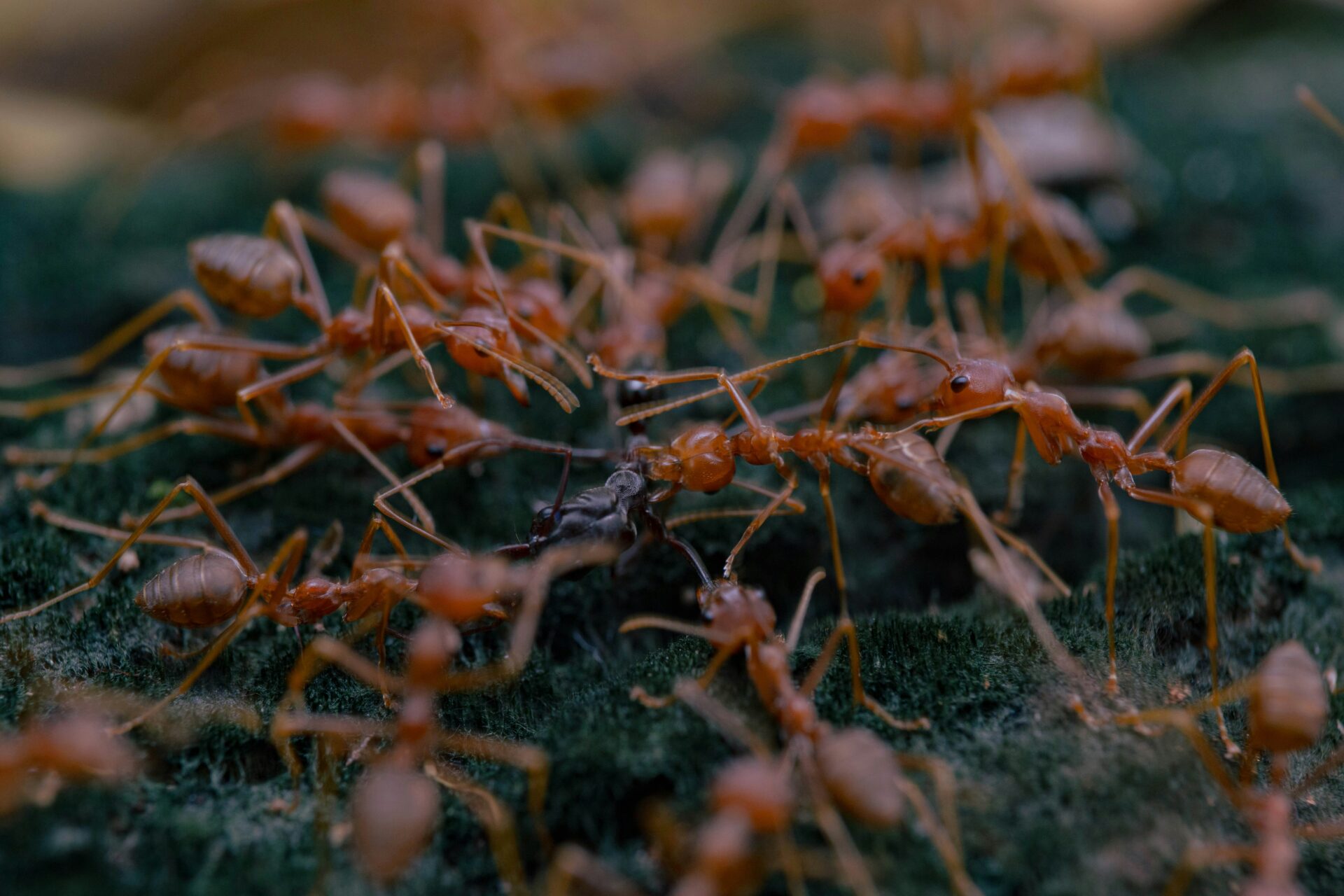
The Impacts of Invasive Red Fire Ants on Native Biodiversity
Red invasive fire ants pose a problem for native biodiversity in Australia, despite only being present in a relatively small area at this time. First discovered in Queensland in 2001, fire ants have since spread and in 2024 were detected in Wardell, NSW.
The National Fire Ant Eradication Program is working to eradicate red fire ants from Australia by 2032.
Dr Anna Probert is a lecturer in zoology at the University of England, with a focus on the impacts of non-native species.
She explains that with fire ants, we’re more likely to notice the mounds than the ants themselves.
“The nests tend to look like small mounds of disturbed soil with no particular nest entry point. If you kind of dig at them you’ll notice hundreds of fire ants come out really aggressively coming to attack you. So they’re not like a lot of other ants that you see necessarily forming large trails and that are really, really conspicuous.
A lot of their activities are happening underground and that’s why it can be quite difficult to detect. Particularly in the very early stages of invasion.”
In addition to being invasive species, fire ants have painful, stinging bites that leave welts and pustules – which can lead to secondary infections. These bites don’t just affect humans either, as the ants can and do swarm the bodies and faces of ground dwelling creatures and grazing livestock.
The Fire Ant Response Plan 2023-27 is working on containment and eradication measures in south-east Queensland and northern NSW. The plan will involve two years of treatment, followed by five years of surveillance to ensure success.
Photo by oktavianus mulyadi on Unsplash


